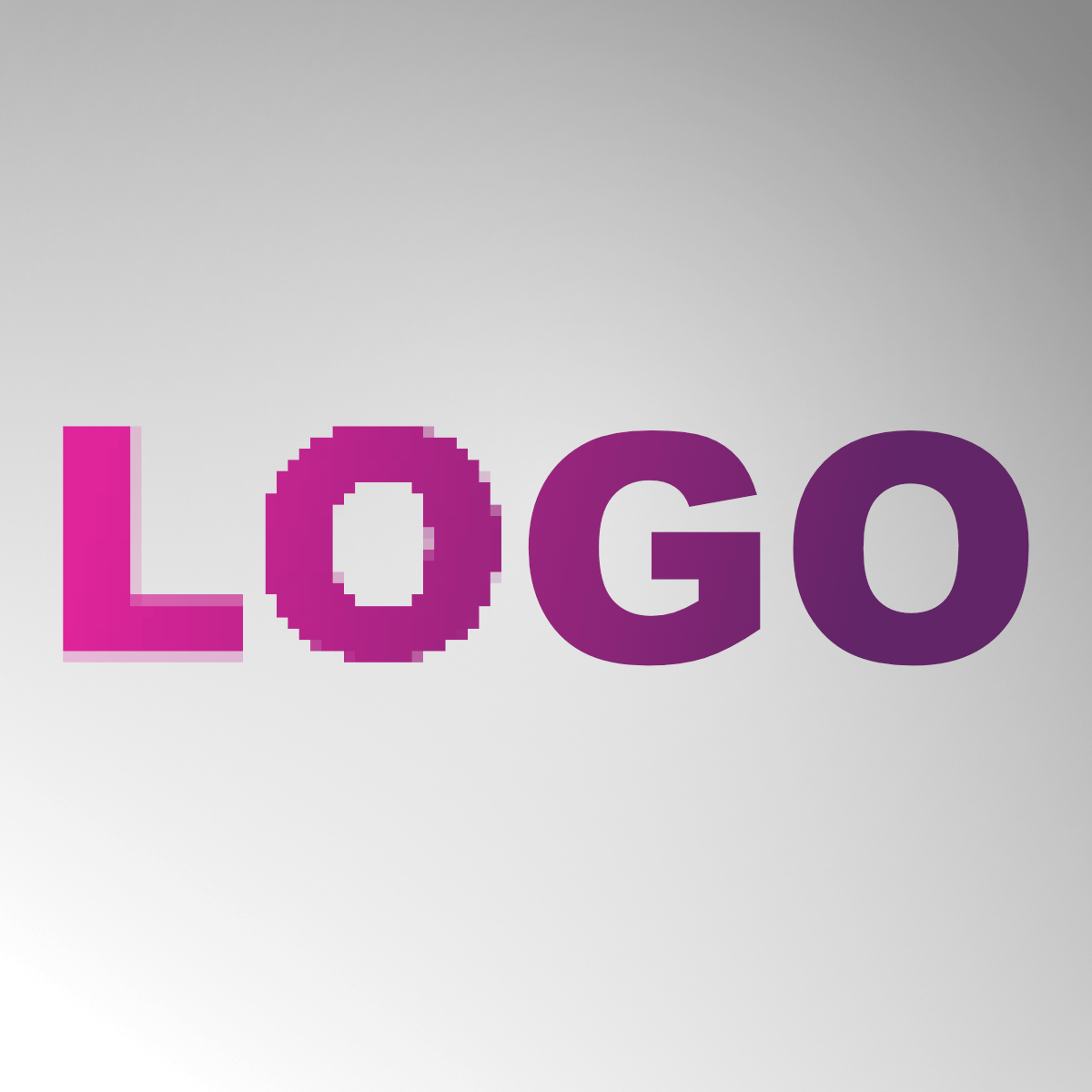Five things to be aware of when you design for print.
You’ve come up with the big idea and generated the visuals, now it’s time to prepare that artwork for print and look forward to receiving a knock-out finished result landing on your doorstep.
Wait a minute, if you’ve only ever worked on digital design and not print design there are a few pitfalls to beware of. So here are, my five things to help you get it right.
Number 1 – knowing the difference between CMYK and RGB.
When you design on the screen you are working in the RGB colour space which is Red, Green and Blue, however, when you’re dealing with print it’s the CMYK colour space that is used, Cyan, Magenta, Yellow and Black. What this means is there will always be a difference between what you see on screen and what you see on the finished printed document.
Number 2 – knowing about the resolution.
When you work on the web 72ppi (pixels per inch) will be fine for your images as they will look sharp and not take ages to load on the page, but if you’re going to get the job printed you will have to up your game or indeed the resolution of your files.
You need your images to be set to 300 dpi (dots per inch) which means the number of dots your printer will create over a square inch of the printed page - don’t be tempted to go any larger or your file will just become far too big.
Number 3 – Knowing how your design will scale.
You see your image on the screen and it looks fantastic, pin sharp and not a fuzzy edge to be seen anywhere. But what happens when suddenly you need to use it small on a business card or large on a poster or roller banner?
If you’re going to use the image on a business card you need to think about legibility, so it’s better to avoid very light fonts and very small fonts. Should you decide to use the image on a large scale you need to set the resolution high enough to avoid jagged edges, alternatively you could use a vector image which is made up of paths rather than pixels and will scale as large as you need without any loss in detail.
Number 4 – allowing for bleed.
When your printed document gets trimmed to size there is always a little margin for error so if you don’t want your lovely solid colour panel to have annoying white lines around the edges to need to allow for bleed. 3mm is usually recommended and your design should be extended past the trim lines. One word of caution, make sure nothing important is within the bleed area or it may well get cut off.
Number 5 – make sure you proofread before signing off.
As the old saying goes no matter how urgent your print job is there is always time for a reprint - and a costly one at that. You can use the in-built spell checker but it won’t pick up everything such as ‘manger’ instead of ‘manager.’ It’s always worth spending time reading through the final proof before there is no going back.
If you’re still unsure or would like more help you can always contact me for advice.





